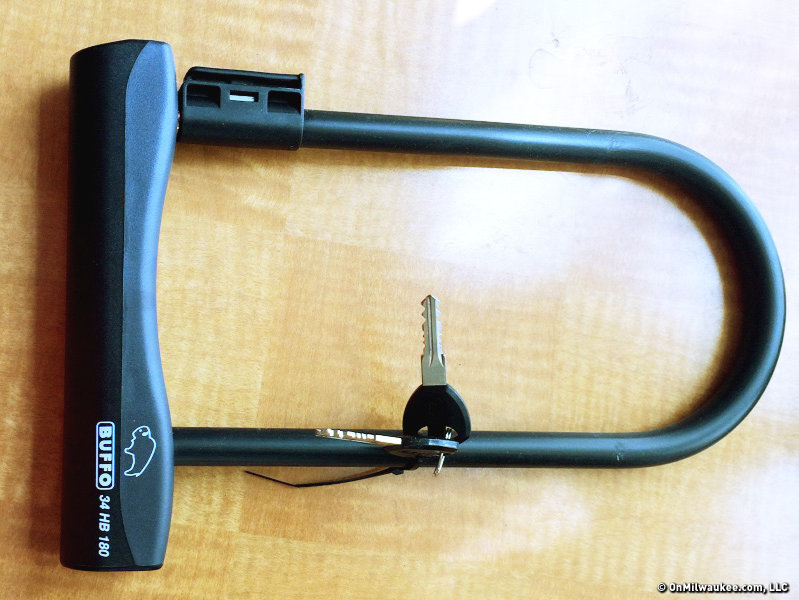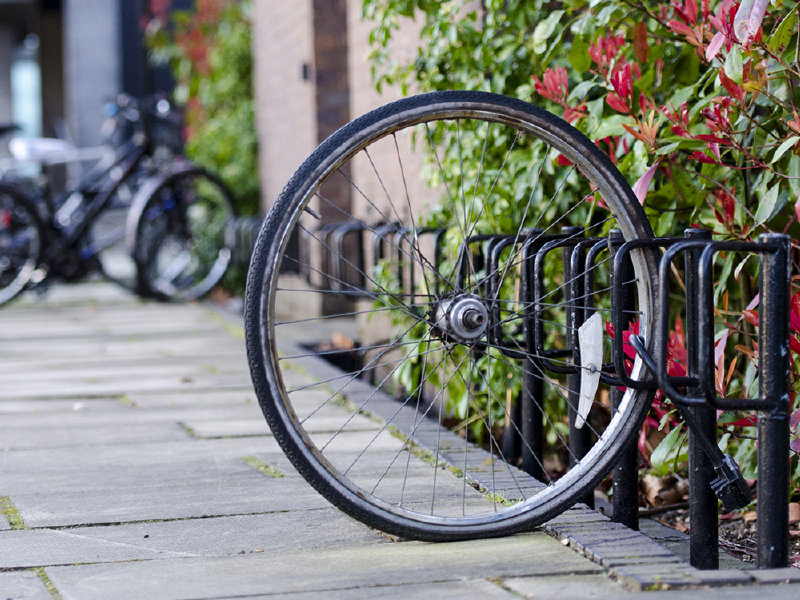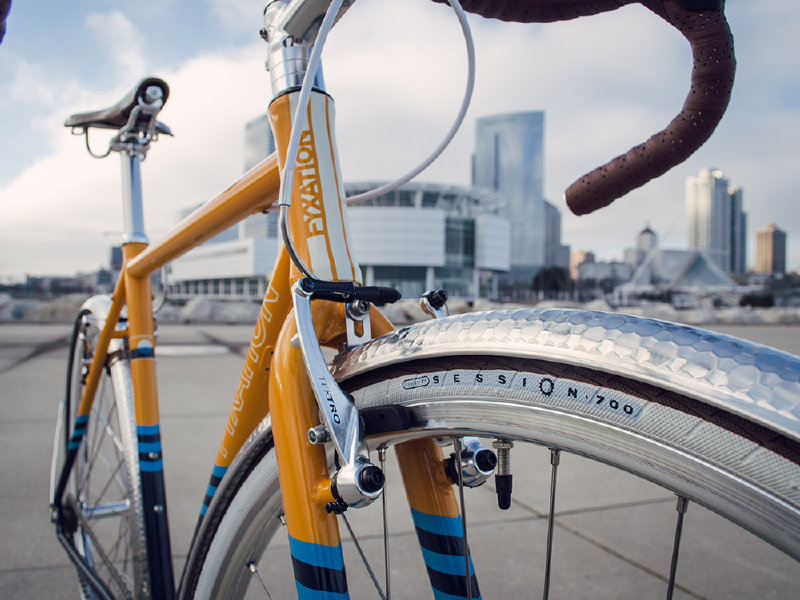It's July, which means bike theft season is in full swing. TMJ4 recently ran a story about a bike thief who approached the porch of Julianna Daulman and simply picked up her bike and rode off with it.
Sadly, this is not atypical.
"This time of year I see at least one person a day that had their bike stolen in Milwaukee," said Carolyn Weber, co-owner of Coast in Bikes. (Full disclosure: I also moonlight as a bike mechanic at Coast in Bikes).
A lock may have helped prevent this crime of opportunity, but it's not just about your choice of security, it's also about the lock up method as well. The strongest protection you have against bike theft is the perceived difficulty of what it would take to actually acquire your bike. Every lock can be cut, but in a row of bikes, you want to make sure yours looks the most annoying to acquire.
Step 1: Get a lock
There are many locks to choose from that range in price, size, style and weight, but I recommend these three:
- U-Lock – Small and sturdy, these locks cannot be easily undone. They come in different weights and strengths, but the truth is, even the simplest U-Lock will go a long way towards deterring thieves. "I can count on one hand how many stolen bikes I've heard of that have been locked with a U-lock," said Sam Dodge of Truly Spoken Cycles. "I think only 2 were cut, the rest were locked to something not strong enough to resist." (See Step 3).
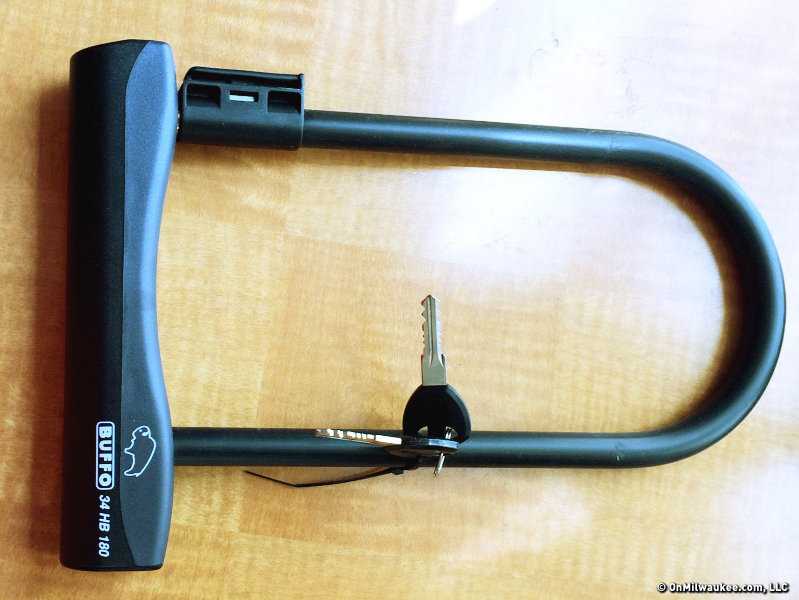
- Hardened Steel Chain Lock – Don't be fooled by inexpensive, lightweight galvanized steel chains that you can find at a hardware store. Make sure it's hardened, tempered steel specifically designed for use with bicycles. These chain locks can be just as strong as a U-Lock, yet offer more flexibility.
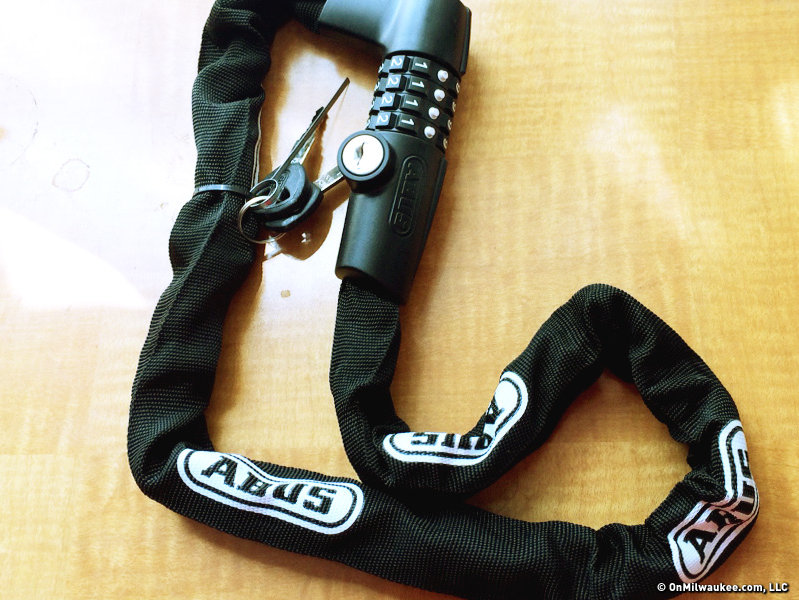
- Folding Locks – This new concept is the love child between the U-Lock and the chain lock. Strong and sturdy, yet highly compact and easy to carry.
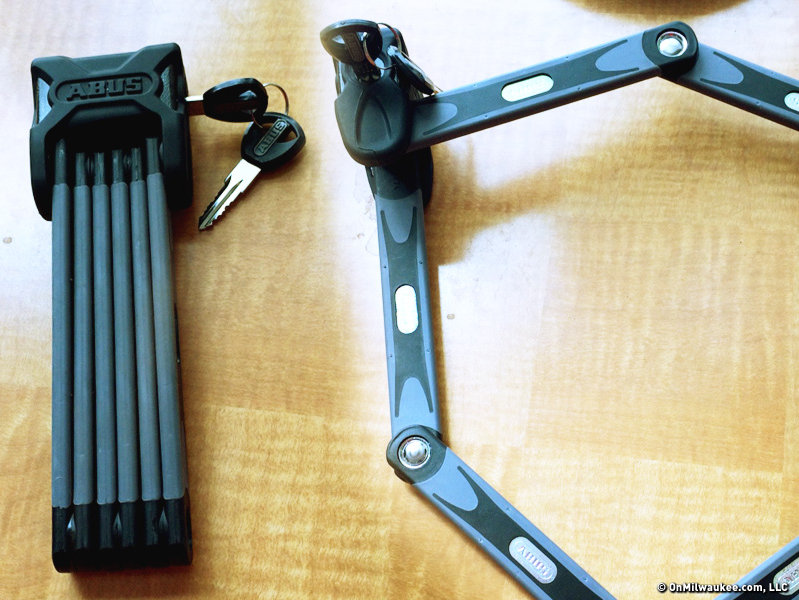
Never use cable locks. These are sometimes cheaper than the locks listed above, and they are lightweight and compact, but they are easy to cut, even with the smallest of cable cutters. "Often when we get people at the shop saying their bikes were stolen almost every time it's because they were using a cable lock," said Weber.
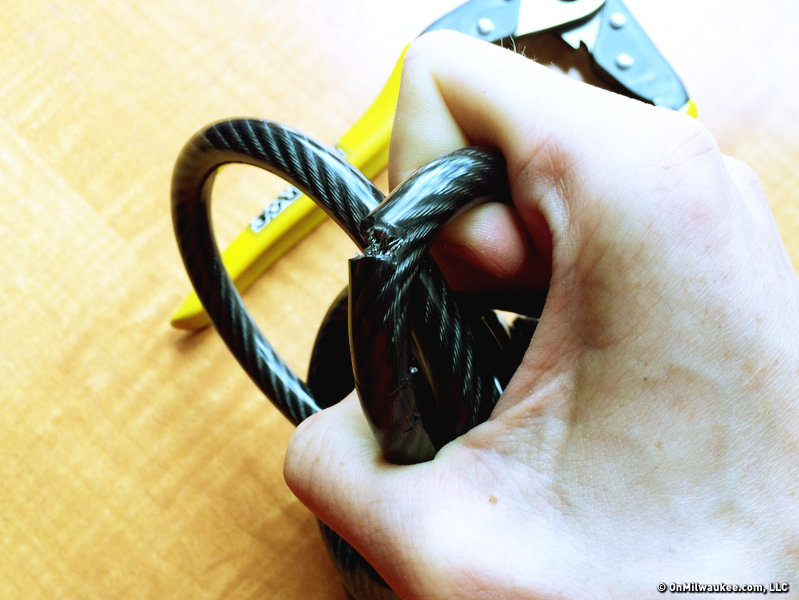
When you buy a lock, avoid spending as little as possible and consider that it will probably outlast your bike. Bikes come and go, but locks usually remain with their original owners.
Step 2: Lock up your bike
This is the most important step. Even more important than actually buying the lock. I'm going to say it again. Lock up your bike. Seriously, you'd be surprised at how many people don't do this step. Even if you're "just running in for a second," lock it up. Even in a crowded area where surely anyone would notice a thief, lock it up. Even when it's six degrees in the middle of winter, thieves will take your bike (I've seen it happen).
Adrian Baquero of Erik's Bike and Board told me, "A lot of people lose their bikes by not locking them up."
Always.
Lock.
Your bike.
Step 3: Make sure whatever you locked to is sturdy
And after it's locked to something sturdy, double check to make sure you actually locked to something. Even I've managed to sling my lock around the bike without getting it around the pole.
Do not lock to a chain link fence. And Derrick Henry of Cory the Bike Fixer added that "most of the stolen bikes we hear about were locked to wooden fence posts or porches."
Similarly, do not lock to small trees (yeah, I know, it's weird! People have actually cut down trees to steal bikes!).
Henry also mentioned sucker poles. "Those are the signs that can be pulled out of the ground". If you're locking to a light post or a street sign, give it a shake to make sure it's secure.
Additional Tips
- Make sure you lock through the frame, which is the sturdiest part of the bike. Don't lock around the fork, and don't lock through the wheel. "It's easy to take the bike minus the front wheel," Baquero said.
- If possible, do not lock your bike outside for extended periods of time. Carrying it inside your house is a pain, and many apartments are small. But if you want to reduce the odds of thieves eying up your bike, make sure it's out of sight.
- If you keep your bike in a shared basement go directly to Step 2. Lock up your bike. Lock it up. You may trust your roommates. You may trust your housemates. But can you trust everyone who comes to the house party?
- Do not leave anything on your bike that can be easily removed. Lights and clip on fenders are commonly known to disappear.
- If you forget to bring a lock, but still insist on running in "for just a second" most shops are okay holding onto the bike at the front provided you offer a reasonable helping of apologies.

I met Karen Culver, who was wheeling her bike through Pick n' Save with her basket of groceries. "I came from Illinois, where they don't care about your bike. You could leave it outside a bar all night," she said. "The first day I was in Milwaukee I left my bike outside the store and when I left, it was gone." Now she takes it with her.
So here is one last tip: Always lock up your bike.
Jason McDowell grew up in central Iowa and moved to Milwaukee in 2000 to attend the Milwaukee Institute of Art and Design.
In 2006 he began working with OnMilwaukee as an advertising designer, but has since taken on a variety of rolls as the Creative Director, tackling all kinds of design problems, from digital to print, advertising to branding, icons to programming.
In 2016 he picked up the 414 Digital Star of the Year award.
Most other times he can be found racing bicycles, playing board games, or petting dogs.

